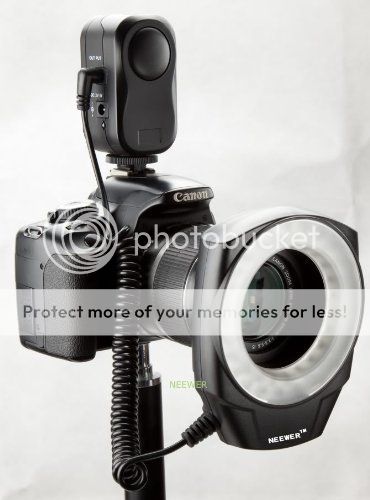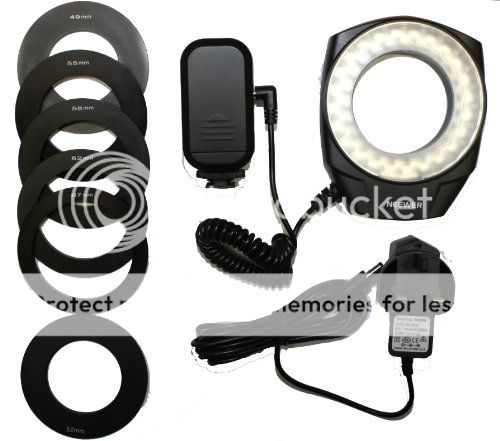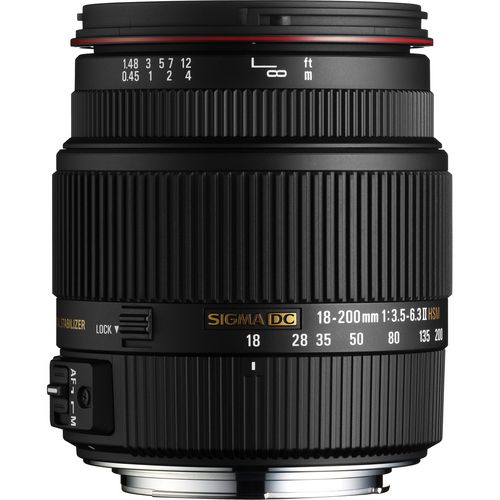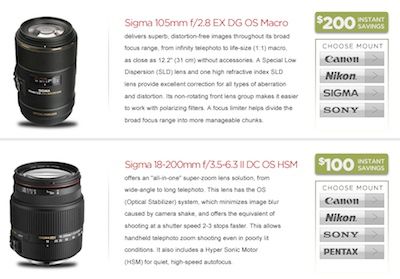Follow us:
Another Light-Leak Problem on a Canon Camera (PowerShot G1 X, this time)

imaging-resource published a detailed and exhaustive review of the PowerShot G1 X. And while the review confirms the many good features of the G1 X (high ISO performance, outstanding lens, good video performance, and much more), it appears that the tech-savy folks at IR found also a small problem that shows up in certain conditions: light leaking and finding a way to the sensor when it should not. The result are visible (and replicable) artifacts in the images (click here for a test shot showing the artifact). The problem occurs only at high ISO settings (>1600) and focal lengths around 50mm equivalent, and it’s most pronounced using an exposure of 1/4000. When all these parameters are given, then a «bright light source near the center or toward the bottom of the frame will produce a bright artifact in the center and right side of the image». Quoting (scroll down to the very end of the post to read about the problem and to see the test images):
The cause is likely a light leak or reflection through the lens assembly that makes its way around the shutter, allowing light to fall on the sensor either before or after the shutter opens and closes to make its exposure. Since the effect is most pronounced at 1/4,000 second, it seems that extra light is allowed to fall on the sensor after the shutter has closed to end its exposure, but while the sensor is still powered up to record light.
They sent the images to Canon asking for feedback. Canon calls the phenomenon “glowing dots”, but there are no dots. However, Canon states that «[d]ue to the limited circumstances under which the PowerShot G1X ‘Glow Dots’ phenomenon can occur, Canon does not plan to change the camera’s specifications or offer repair service for this issue.» It must be said that the setting where this phenomenon shows up is not a real world setting: you will hardly shot bright objects using a high ISO setting. True. Nevertheless, quoting imaging-resource again:
We want to note up front that this phenomenon is not very likely to show up in average everyday shooting situations, because most of us don’t shoot bright objects at ISO 1,600 to 12,800 at high shutter speeds. But those trying to achieve a special effect or even simply forgetting to change from a high ISO to a lower one when entering bright light might encounter the defect, just as we did.
Unfortunately the phenomenon occurs also when shooting a bright object, not only when there is a strong light source in the frame. Check the images of the garage door (click here) and this one to get an idea. The leak occurs through the lenses and not through the viewfinder or other openings on the camera (this was extensively tested). Concluding:
So what might be happening to cause this? While we can’t tell for sure, we think that light is bouncing off the shutter itself after it closes, but while the sensor is still sensitive to light. We think it’s happening after the shutter closes, because the effect doesn’t appear to be visible at slower shutter speeds: Our hypothesis is that the artifact is being recorded during a very short interval after the main exposure occurs. If the light levels are such as to produce a proper exposure with a shutter speed of, say, 1/60 second, the brief interval during which light from the leak accumulates after the exposure would represent a very small portion of the total exposure time, and so not be noticeable. Further supporting this theory is that the artifact fades relative to the main exposure as you move to lower ISO sensitivities, suggesting that the leak is being recorded for a relatively short, fixed duration.
Did anyone here notice the same issue on a PowerShot G1 X?
[via imaging-resource]






